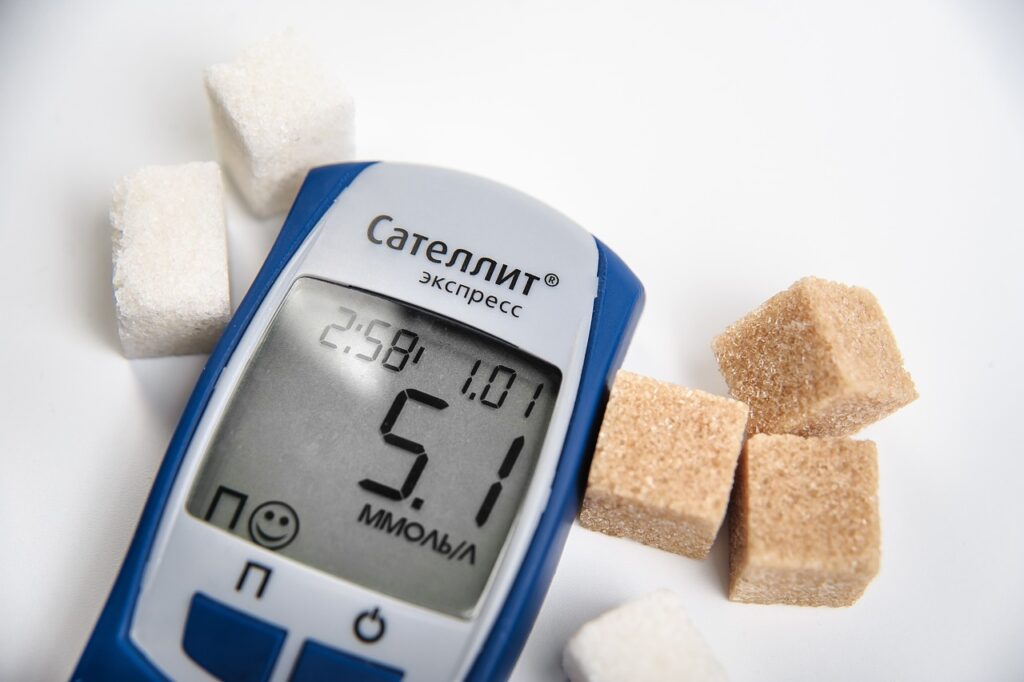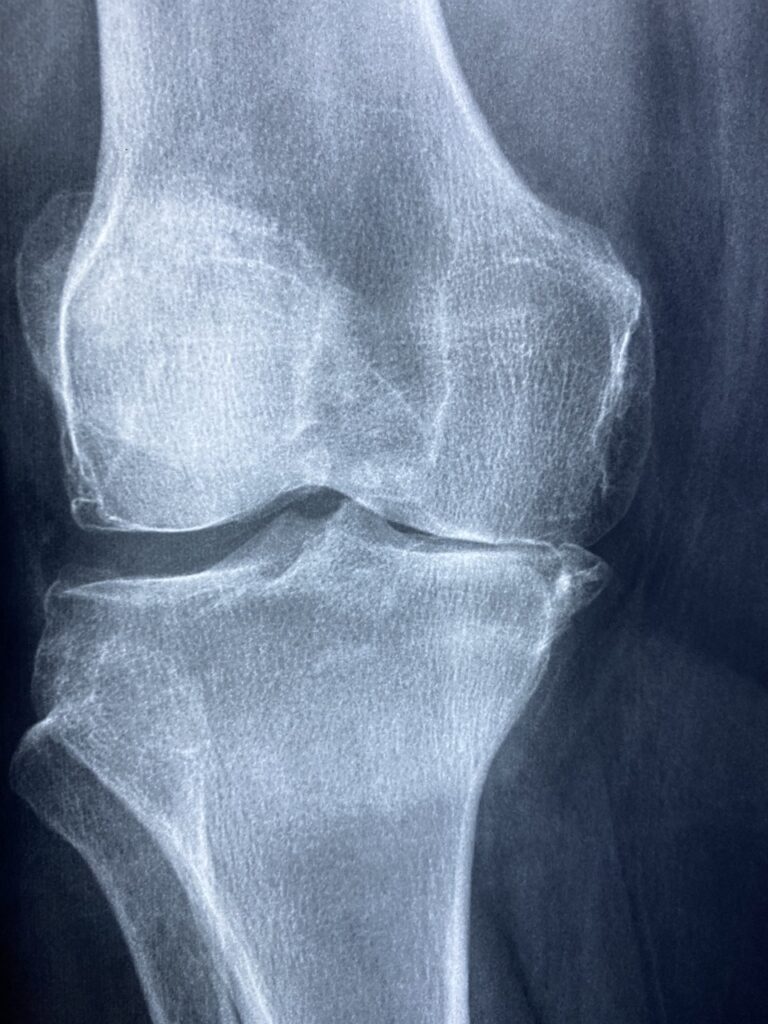Understanding Diabetes Insipidus: Causes, Symptoms, and Treatment
What is Diabetes Insipidus? Diabetes insipidus (DI) is a rare disorder characterized by excessive thirst and urination. Unlike diabetes mellitus, which involves high blood sugar levels, diabetes insipidus is caused by a deficiency of antidiuretic hormone (ADH), also known as vasopressin, or by the kidneys’ inability to respond to ADH properly. This leads to the production of large volumes of dilute urine and increased thirst.
Types of Diabetes Insipidus:
- Central Diabetes Insipidus (CDI): Results from a lack of ADH production by the hypothalamus or a failure of the pituitary gland to release ADH into the bloodstream.
- Nephrogenic Diabetes Insipidus (NDI): Occurs when the kidneys are unable to respond to ADH, often due to genetic mutations or acquired conditions affecting the renal tubules’ ability to concentrate urine.
Symptoms of Diabetes Insipidus:
- Excessive thirst (polydipsia)
- Excessive urination (polyuria), often producing large volumes of dilute urine
- Nocturia (frequent urination at night)
- Dehydration and dry mouth
- Fatigue and weakness
- Irritability or confusion (especially in severe cases)
Causes of Diabetes Insipidus:
- Central Diabetes Insipidus:
- Head injury or trauma affecting the hypothalamus or pituitary gland
- Tumors or growths in the brain, such as pituitary adenomas or craniopharyngiomas
- Infections or inflammation of the brain, such as meningitis or encephalitis
- Genetic mutations affecting ADH production
- Nephrogenic Diabetes Insipidus:
- Genetic mutations affecting the kidneys’ ability to respond to ADH
- Chronic kidney disease
- Certain medications, such as lithium, demeclocycline, or foscarnet
- Electrolyte imbalances or metabolic disorders
Risk Factors for Diabetes Insipidus:
- Family history of diabetes insipidus or other endocrine disorders
- Head trauma or brain surgery
- Certain medications known to cause nephrogenic diabetes insipidus
- Structural abnormalities of the kidneys or urinary tract
Diagnosis of Diabetes Insipidus:
- Water Deprivation Test: A test conducted under medical supervision to assess the kidneys’ ability to concentrate urine in response to water deprivation.
- Urinalysis: Analysis of urine volume and concentration to assess for dilute urine.
- Blood Tests: Measurement of electrolyte levels, serum osmolality, and ADH levels in the blood.
Treatment of Diabetes Insipidus:
- Central Diabetes Insipidus:
- Replacement therapy with synthetic ADH analogs, such as desmopressin (DDAVP), to replace deficient ADH levels.
- Medications to address underlying causes, such as surgery or radiation therapy for brain tumors.
- Nephrogenic Diabetes Insipidus:
- Management of underlying conditions contributing to nephrogenic DI, such as discontinuation of nephrotoxic medications or treatment of kidney disease.
- Pharmacological interventions, such as thiazide diuretics or nonsteroidal anti-inflammatory drugs (NSAIDs), to enhance the kidneys’ responsiveness to ADH.
- Lifestyle Modifications:
- Adequate fluid intake to prevent dehydration and maintain hydration.
- Monitoring urine output and fluid intake closely.
- Avoiding triggers that may exacerbate symptoms, such as excessive heat or strenuous exercise.
Conclusion: Diabetes insipidus is a rare but treatable disorder characterized by excessive thirst and urination due to abnormalities in ADH production or kidney function. By understanding the symptoms, causes, and treatment options for diabetes insipidus, individuals and healthcare providers can effectively manage the condition and improve patients’ quality of life. If you or someone you know is experiencing symptoms suggestive of diabetes insipidus, it is essential to seek medical evaluation and appropriate management from a qualified healthcare professional.




